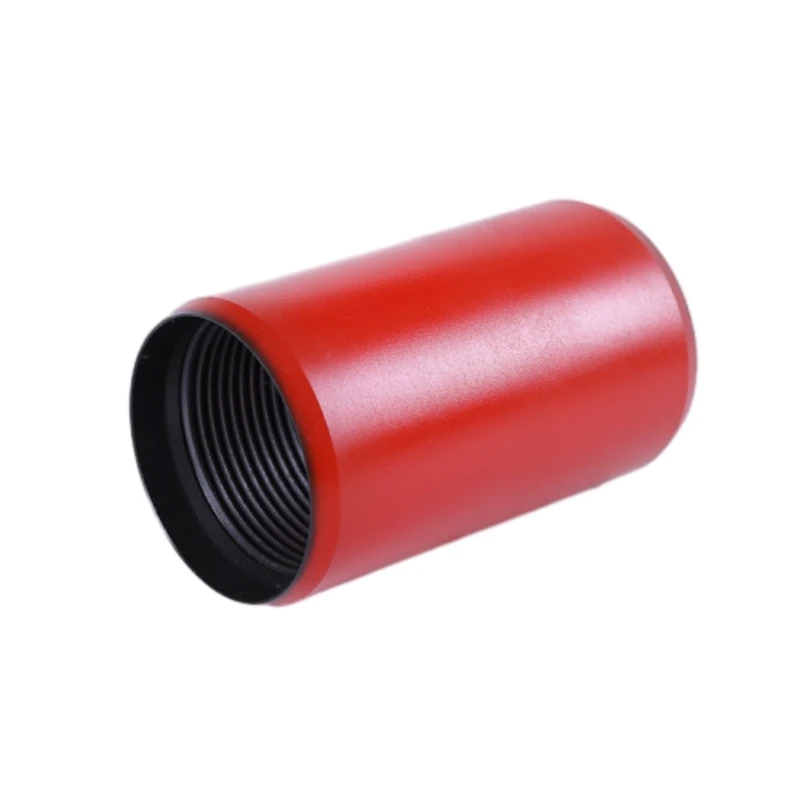- Afrikaans
- Albanian
- Amharic
- Arabic
- Armenian
- Azerbaijani
- Basque
- Belarusian
- Bengali
- Bosnian
- Bulgarian
- Catalan
- Cebuano
- Corsican
- Croatian
- Czech
- Danish
- Dutch
- English
- Esperanto
- Estonian
- Finnish
- French
- Frisian
- Galician
- Georgian
- German
- Greek
- Gujarati
- Haitian Creole
- hausa
- hawaiian
- Hebrew
- Hindi
- Miao
- Hungarian
- Icelandic
- igbo
- Indonesian
- irish
- Italian
- Japanese
- Javanese
- Kannada
- kazakh
- Khmer
- Rwandese
- Korean
- Kurdish
- Kyrgyz
- Lao
- Latin
- Latvian
- Lithuanian
- Luxembourgish
- Macedonian
- Malgashi
- Malay
- Malayalam
- Maltese
- Maori
- Marathi
- Mongolian
- Myanmar
- Nepali
- Norwegian
- Norwegian
- Occitan
- Pashto
- Persian
- Polish
- Portuguese
- Punjabi
- Romanian
- Russian
- Samoan
- Scottish Gaelic
- Serbian
- Sesotho
- Shona
- Sindhi
- Sinhala
- Slovak
- Slovenian
- Somali
- Spanish
- Sundanese
- Swahili
- Swedish
- Tagalog
- Tajik
- Tamil
- Tatar
- Telugu
- Thai
- Turkish
- Turkmen
- Ukrainian
- Urdu
- Uighur
- Uzbek
- Vietnamese
- Welsh
- Bantu
- Yiddish
- Yoruba
- Zulu
6 Inch Well Casing Coupling Specifications and Installation Guidelines for Efficient Use
The Importance of 6-Inch Well Casing Couplings in Water Well Construction
When it comes to water well construction, the choice of materials and components is critical. Among these, the 6-inch well casing coupling plays a pivotal role. This article delves into what well casing couplings are, their functions, and the significance of selecting the right components for efficient and sustainable water extraction.
Understanding Well Casing and Couplings
A well casing is a tube generally made of steel or PVC that is inserted into a drilled hole to maintain the well's integrity. It acts as a barrier to prevent the surrounding soil and contaminants from entering the aquifer, thus safeguarding the quality of the groundwater. Couplings are essential components of well casings. They connect two lengths of casing, ensuring a tight and secure fit. The 6-inch size is a standard measurement for many residential and agricultural wells, offering a balance between water extraction efficiency and structural stability.
Key Functions of 6-Inch Couplings
1. Structural Integrity One of the primary functions of a casing coupling is to maintain the structural integrity of the well. It ensures that the casing sections remain securely locked together, preventing any movement that could lead to leaks or further widening of the borehole.
2. Sealing Properly installed couplings create a seal that minimizes the risk of contaminants entering the well through the joints. This is particularly important in areas where the groundwater may be exposed to pollutants from surface activities.
3. Ease of Installation The design of 6-inch couplings often allows for easy installation and disassembly. This is beneficial when maintenance is required or if adjustments need to be made to the well system.
6 inch well casing coupling

4. Adaptability Well casings and couplings are available in various materials and designs, allowing for flexibility in well construction. The choice of coupling material can impact the well's longevity and the quality of water extracted.
Material Considerations
When selecting 6-inch well casing couplings, the choice of material is crucial. Steel couplings are robust and offer excellent durability, especially in challenging geological conditions. On the other hand, PVC couplings are lightweight and resistant to corrosion, making them a popular choice for many residential applications. The choice between these materials will depend on factors such as the depth of the well, soil composition, and water quality.
The Role of Proper Installation
Regardless of the material chosen, the effectiveness of a coupling greatly relies on proper installation. Any misalignment or improper sealing can result in leaks or structural failure. Therefore, it's essential to engage experienced professionals during the installation process. They can ensure that each coupling is fitted correctly and that all industry standards are met.
Conclusion
In the realm of water well construction, the significance of 6-inch well casing couplings cannot be overstated. They serve to preserve the quality of groundwater, support the structural integrity of the well, and provide a reliable mechanism for water extraction. As water resources become increasingly vital in our daily lives, understanding and investing in the right well construction components, including couplings, is essential for ensuring sustainable water supply strategies. Proper installation and maintenance of these fittings will ultimately lead to more efficient and safe water wells, benefiting both individual households and larger communities.
-
Tubing Pup Joints: Essential Components for Oil and Gas OperationsNewsJul.10,2025
-
Pup Joints: Essential Components for Reliable Drilling OperationsNewsJul.10,2025
-
Pipe Couplings: Connecting Your World EfficientlyNewsJul.10,2025
-
Mastering Oilfield Operations with Quality Tubing and CasingNewsJul.10,2025
-
High-Quality Casing Couplings for Every NeedNewsJul.10,2025
-
Boost Your Drilling Efficiency with Premium Crossover Tools & Seating NipplesNewsJul.10,2025







